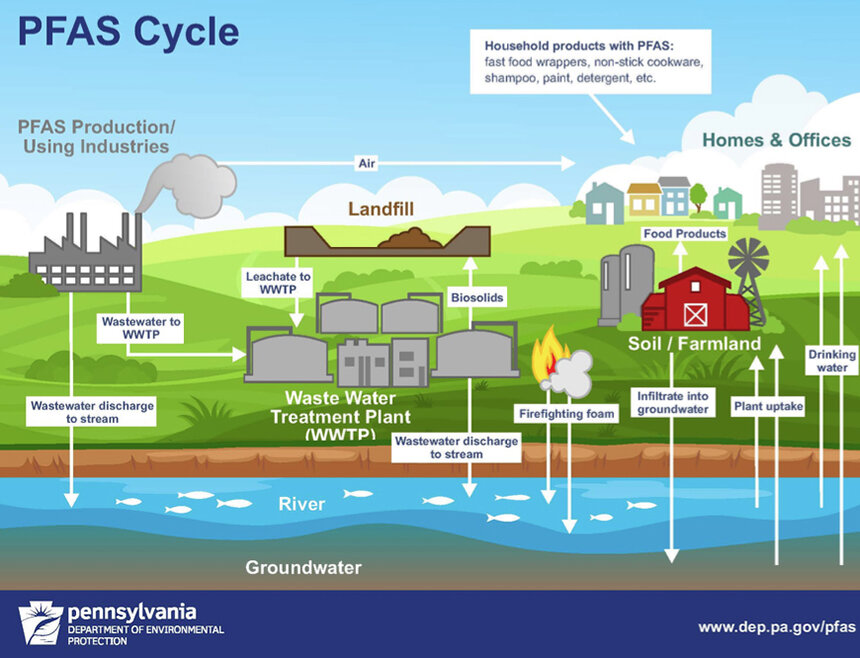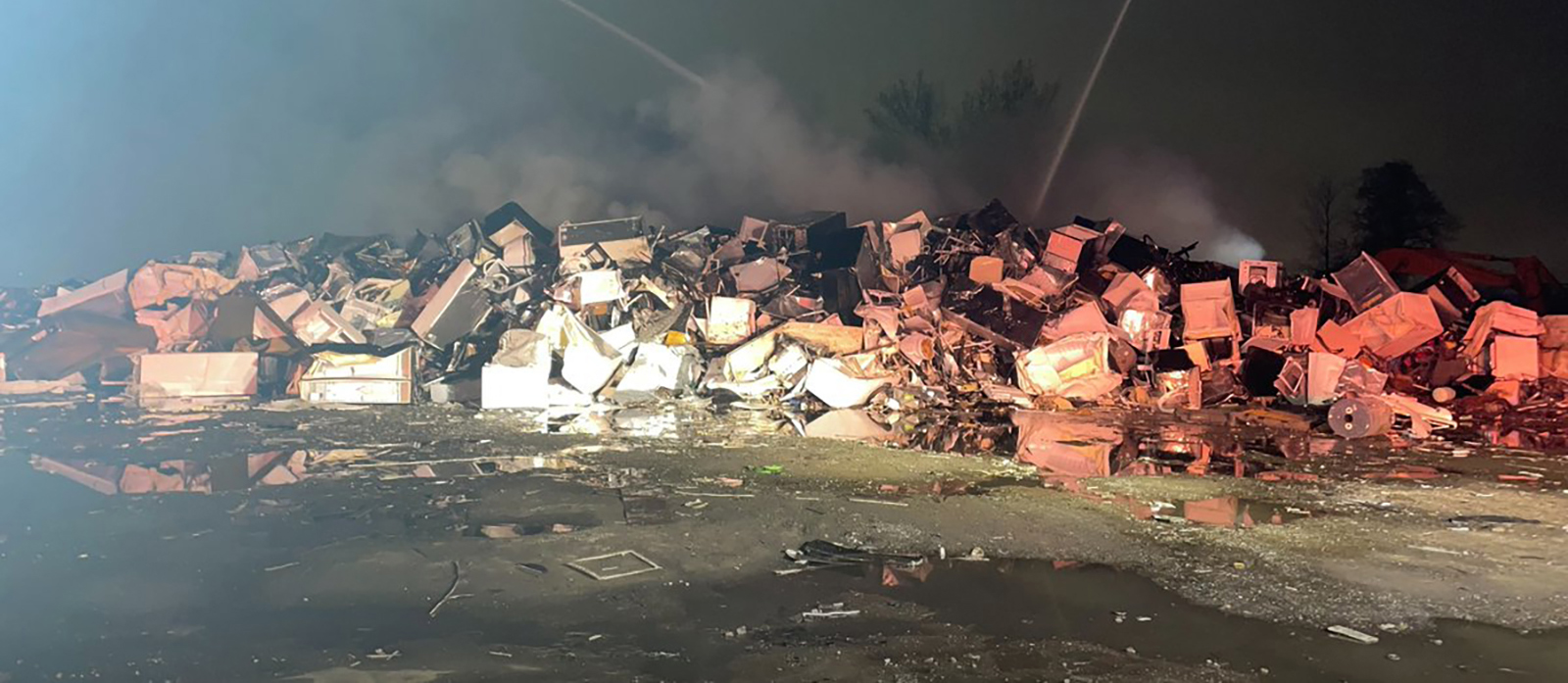Final Clean Up of Chronic Pollution at Historic Mill Site
November 16, 2020
A nearly 200-year-old hangover from the Industrial Revolution is finally getting cured, as the Environmental Protection Agency (EPA) cleans a stubborn oil leak along the Blackstone River in Rhode Island.
The 30-acre Lonsdale mill complex and village in Lincoln and Cumberland dates back to 1831 with the construction of mills, homes, and amenities for workers. Most of it was built in a floodplain. The precursor to today’s live-work community was started by Nicholas Brown Jr., the namesake of Brown University, and his future brother-in-law Thomas Ives to became one of the largest mill complexes in the country.
The Lonsdale Bleachery consisted of two buildings erected between the Blackstone River and Blackstone Canal in the 1840s. The bleachery and dye house gave the Lonsdale Company a combined operation of manufacturing textiles and finished materials for use in new products.
Other mills and buildings were built on 29 parcels within Lonsdale Village. Most were heated and powered with steam generated by coal and so-called bunker oil that was stored in massive reserves on-site.
For decades, EPA and the Rhode Island Department of Environmental Management (DEM) have taken stabs at removing pools of oil and contaminated soil and water from the leaking underground storage bunkers and aboveground tanks associated with the former Lonsdale buildings.
Initially, DEM oversaw the oil-recovery effort and work to prevent seepage into the Blackstone River. EPA sampled oil from the spill area and sent it to its regional laboratory for analysis. Asbestos from the former building was also removed.
Completing the remediation has been complicated because of the property’s clouded ownership history and the inability to identify a responsible party, according to 2005 DEM report. Initially there was at least one fire at the site, resulting in a partial demolition of the boiler room that destroyed many physical details of how the facility operated.
In 1982, DEM installed a drain-recovery well system after removing soil suspected of leaching oil into the Blackstone River.
Twenty-two years later, In 2004, DEM conducted an emergency cleanup after oil spilled from the mill into the Blackstone River. Oil continued to leak from a granite block retaining wall of the bleachery building in the former fuel-storage and boiler area.
EPA took over cleanup responsibilities in 2005. Three aboveground storage tanks were demolished and removed. Oil-saturated soils were excavated to the water table. Booms were deployed to contain the visible oil discharges to the river. In all, 1.28 million gallons of oil and contaminated water were removed.
Additional cleanups and investigations were conducted in 2007, 2011, and 2013.
In January, EPA launched a two-year effort to finally halt oil from seeping into the river from the mill area. The federal agency and the Coast Guard/National Pollution Fund Center commenced the final stage of the cleanup with targeted excavation of oil-saturated soils within the water table.
Plans to rehabilitate the mills have stopped and started over the years. The complex is currently owned by Cranston-based Procaccianti Companies under the name TPG Hotels and Resorts Inc., according to The Valley Breeze.
In 2007, the town of Lincoln formed the Lincoln Redevelopment Agency (LRA) to manage an economic redevelopment of the property. A year later, redevelopment plans slowed after the town and the LRA failed to receive an EPA grant for a cleanup. State historic tax credits were also cut.
A fire on Oct. 31, 2013 gutted a portion of the bleachery complex. The cause of the six-alarm fire remains unknown. The remnants of the building were torn down in January and the site serves as a staging area for the final cleanup.



